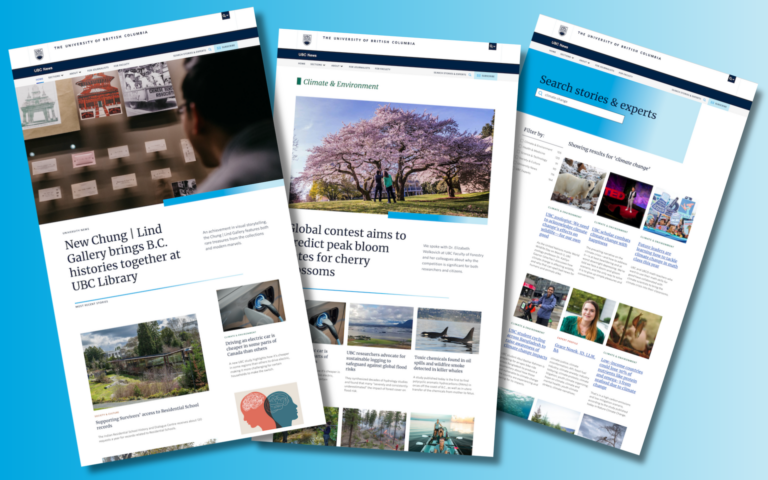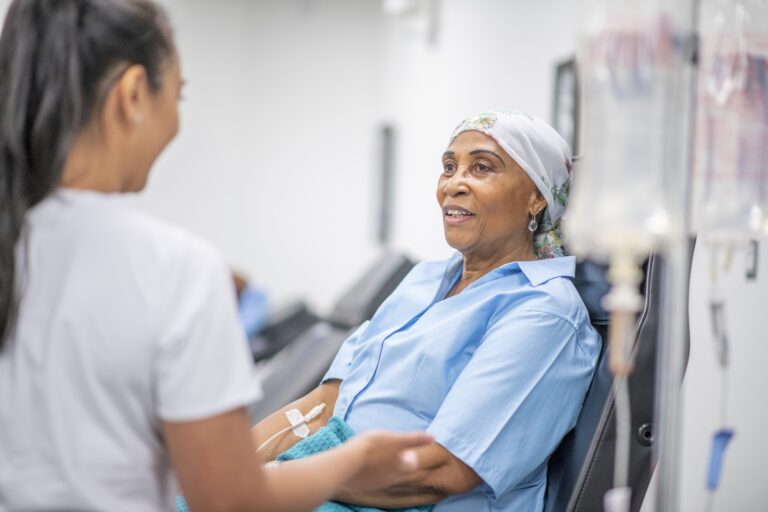Canadians’ physical activity dwindles despite resumption of harder workouts
Canadians’ physical activity declined as expected following declaration of the COVID-19 pandemic, but moderate-to-vigorous physical activity rebounded over the first six weeks of the pandemic. However, lighter and more incidental physical activity did not.

Researchers found that all levels of physical activity declined between nine and 12.6 per cent shortly after physical distancing was introduced, and the trend was reversed only for moderate-to-vigorous physical activity.
Canadians’ physical activity declined as expected following declaration of the COVID-19 pandemic, but moderate-to-vigorous physical activity rebounded over the first six weeks of the pandemic. However, lighter and more incidental physical activity did not.
These are the findings of what is believed to be the first study to objectively track physical activity in Canada during the pandemic. The researchers from UBC’s school of kinesiology analyzed data from an app connected to the smartphones and wearable devices of more than 2,300 Canadians. They found that all levels of physical activity declined between nine and 12.6 per cent shortly after physical distancing was introduced, and the trend was reversed only for moderate-to-vigorous physical activity.
“Light physical activity—which might include walking from transit to the office, for example—remained depressed after six weeks,” said Katie Di Sebastiano, a postdoctoral fellow in kinesiology and lead author of the study. “Traditionally we’ve always focused on moderate-to-vigorous physical activity, but more recent evidence shows that light physical activity can have some of the same benefits to physical and mental health. That’s a significant amount of activity that Canadians in the study were no longer getting.”
Physical activity’s effectiveness at preventing and treating ailments such as heart disease and diabetes has been known for a long time. Evidence has more recently emerged that it can alleviate many health issues central to the COVID-19 crisis, by strengthening the immune system, reducing inflammation and improving mental health.
The UBC team was interested in seeing how people’s physical activity changed from four weeks before the pandemic was declared on March 11, to six weeks afterward.
Where other studies on physical activity during the pandemic are relying on people’s recollection of their physical activity and interpretation of its intensity, the UBC researchers had access to objective data on things like heart rate and speed of steps through the PAC app developed by the non-profit group ParticipACTION.
They characterized physical activity as either moderate-to-vigorous, or light. During moderate physical activity, a participant breathes more heavily but is still able to carry on a conversation. Light physical activity would be leisurely, allowing for easy conversation.
Among the app users whose data was analyzed, moderate-to-vigorous physical activity declined from an average of 203 minutes the week before the pandemic was declared to about 177 minutes during the week of March 11. However, people rebounded quite quickly. After that it climbed steadily back to pre-pandemic levels—with the exception of a dip during the Easter holiday week, which was an anomaly for all levels of physical activity.
Light physical activity declined steadily from 1,023 minutes per week until it settled at about 730 minutes per week, again with the exception of the Easter holiday week. After six weeks, users were still engaged in significantly less light physical activity than they had been before the pandemic.
“These results really highlight the need to consider physical activity when we’re creating public health guidelines for a second wave of infections, or for future pandemics,” said Di Sebastiano. “In particular, our findings demonstrate the necessity for public health measures that provide extra space for everyone to engage in incidental activity through walking or cycling, for example.
“There’s been a demonstration of increased issues with anxiety and depression as a result of this pandemic, and physical activity is a first-line treatment for mild to moderate depression and anxiety in Canada. Physical activity should be one of our key recommendations for everyone in these times of physical distancing.”
The study was published this week in Frontiers in Psychology.



